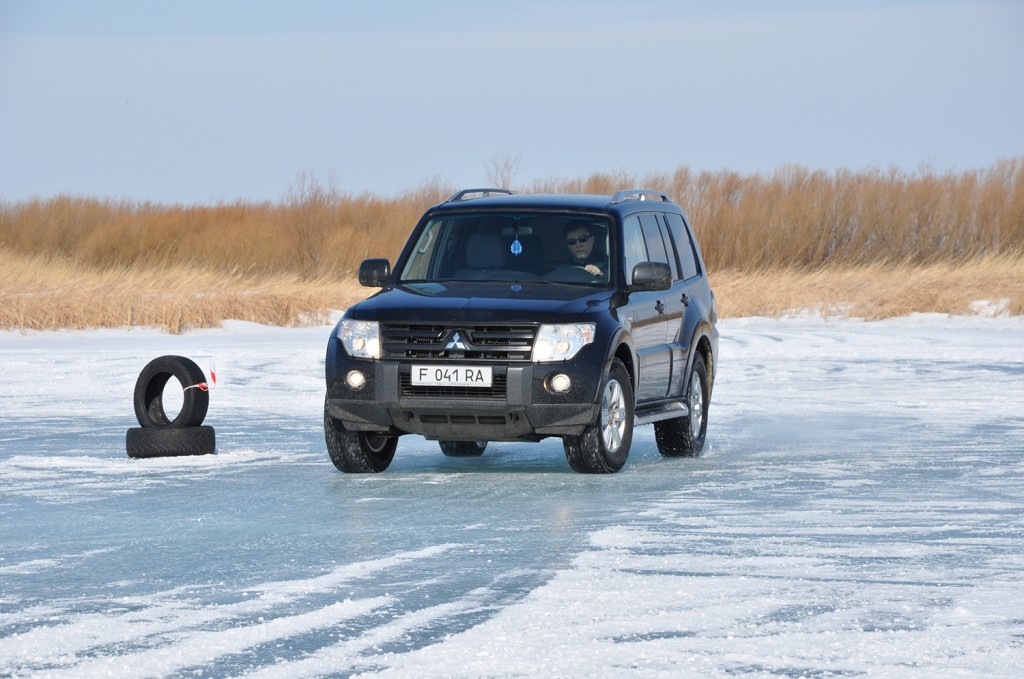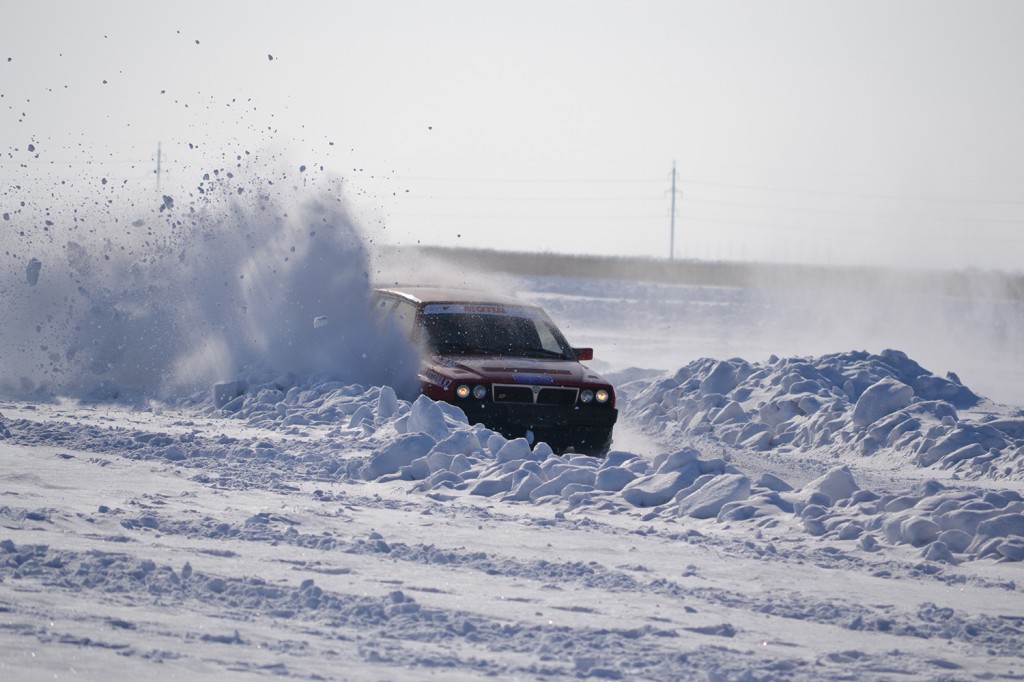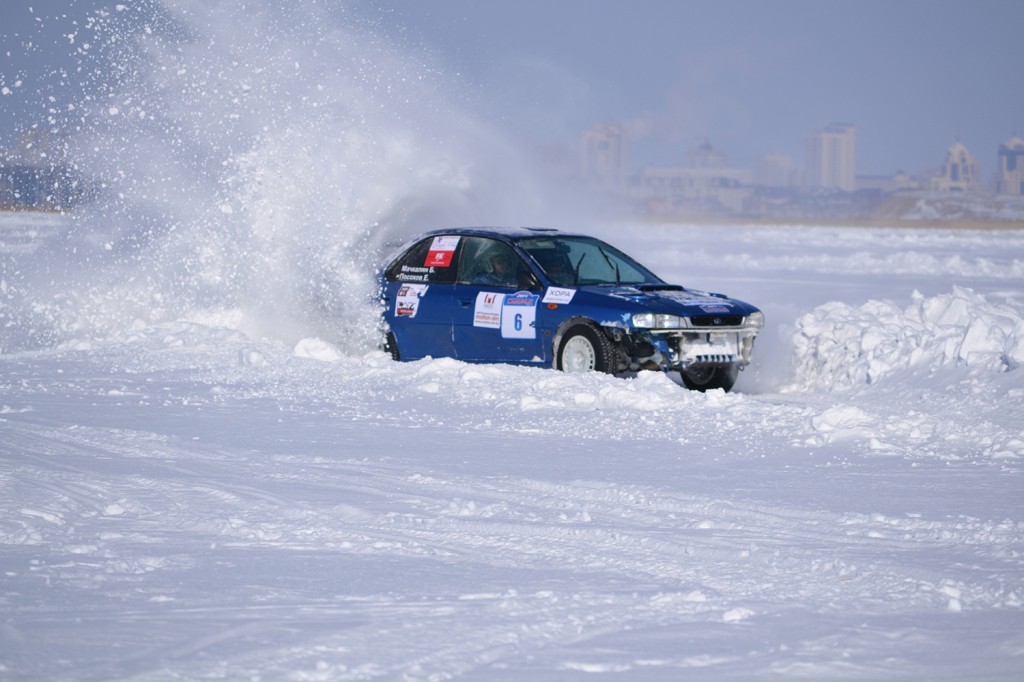ASTANA – There is a lot of progress to be made in regards to the condition of Kazakhstan’s roads and the nation’s driving etiquette. Driving schools focused on safety are striving to solve these problems by teaching drivers about safety and improving their driving skills.
“We have major issues pertaining to how people drive in all regions of the country, especially in Astana and Almaty. People are often in a hurry in the big cities because they try to be on time and they drive disrespectfully, which is very dangerous,” said professional race car driver, Kazakhstan Motorsport Champion and President of www.sportracing.kz Club Denis Aksyonov in an interview on April 30.
Recently, he arrived from Europe, driving 8,000 kilometres across Holland, Germany, Poland and Russia. “I can say that driving in Kazakhstan is a much worse experience than in the above mentioned countries. Driving conditions in Russia are something between Europe and Kazakhstan,” he said. “I feel that this is partly because of how we drive and in part because of our infrastructure. Proper road design, multi-level junctions and cross-roads are very important.”
Aksyonov spoke about his school: “In general, we offer the following types of driver training: defensive driving, driving for special services, such as the National Security Committee and military agencies, safe driving and sports driving for professional racing car drivers. Sports driving is the most difficult type and requires special skills. Our school teaches safety driving too; we are considering offering a course on driver etiquette, it would become very popular as well.”
He is sure that in such a school focused on safe driving, a driver can acquire skills and knowledge on how to avoid accidents and how to predict them.
“An average driver, who drives only in a city and doesn’t have long distance experience, doesn’t know how to react correctly in extreme cases. Usually, people come to us after serious accidents or a series of accidents. This is wrong! We would like for them to come before an accident happens!” Aksyonov said. “We teach people who have at least one year driving experience and have basic driving skills. Approximately 80 percent of our clients are men. Usually, they are 30 and above. Unfortunately, young people don’t come to us, except for cases when their parents want them to.”
Aksyonov said that drivers are taught to drive in winter in special closed fields over the course of five days, usually in groups, but individual sessions are available too.
He stated: “Training on ice is 1,000 times more effective than on asphalt because drifting is very complicated because of the strong road grip in summer. We have a special training programme in which we use summer tires in winter conditions. We have a lot of clients, and they come back to continue their training and learn new skills and shifting techniques. If you don’t want to pay for specialised schools or instructors, find a field, free of cars and people and try to drive your car; practice brick acceleration, hard braking and quick turns. Understanding your car can save your life and that of your family. But don’t practice on roads and streets.”
“I drive confidently, but not carelessly,” said Guldana Kuandykova, a 28-year-old project-manager, living in Ust-Kamenogorsk in an interview on May 14. She has seven years driving experience and has had only one minor driving incident.
“I would like to attend safe driving courses, if they help me improve my driving skills and make the other drivers and myself safer,” she said. “But I can’t say that I believe that the courses can really save lives. There are too many situations that cannot be predicted. It is impossible to foresee everything. Even if you react immediately, you still can’t be sure of the reaction another driver will have. In critical situations, many drivers freeze up. That is why I say such courses are really useful, but they aren’t crucial.”
Aksyonov invites the public to participate in the Sprint Samruk winter races and the Astra Time Summer Attack Races.





